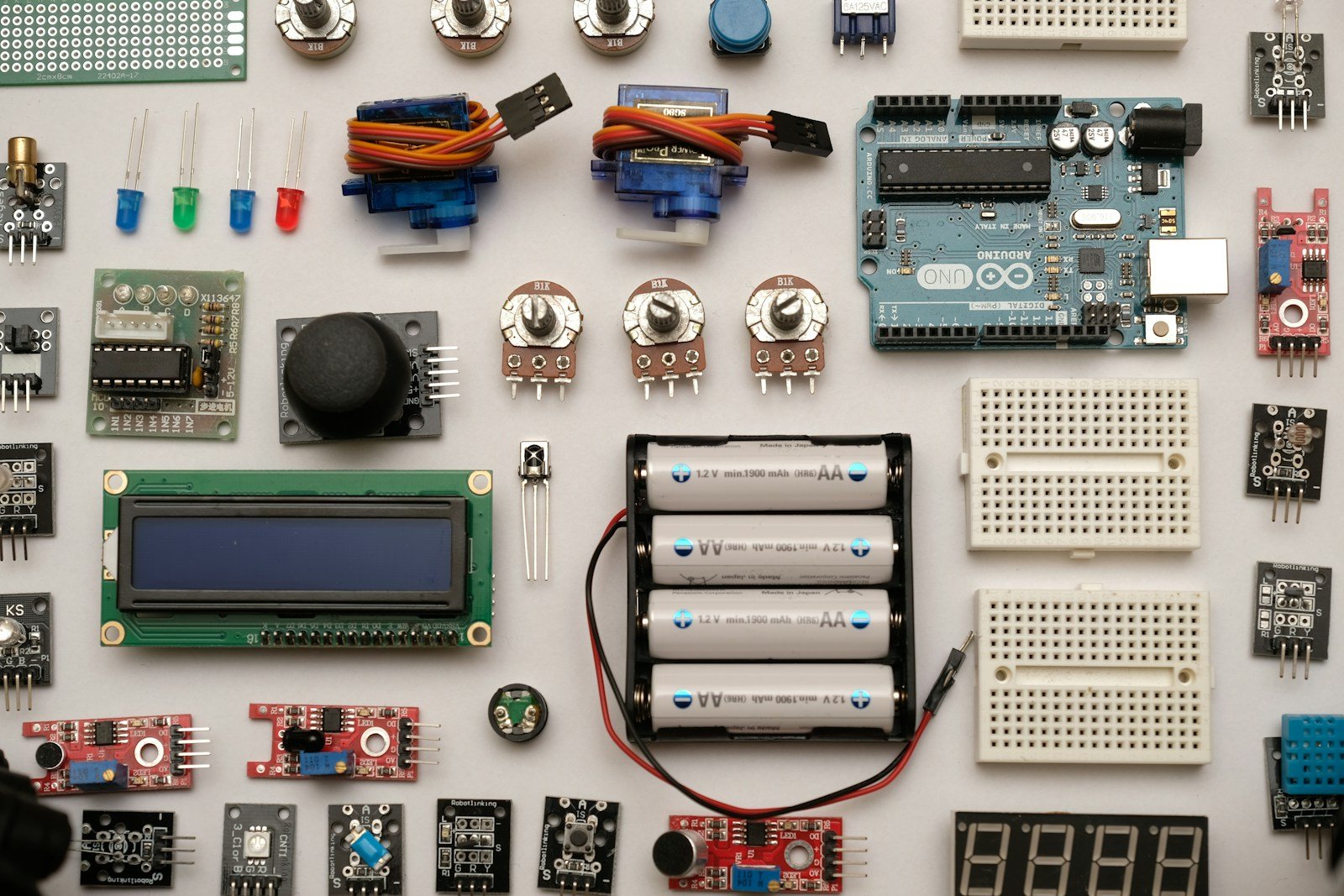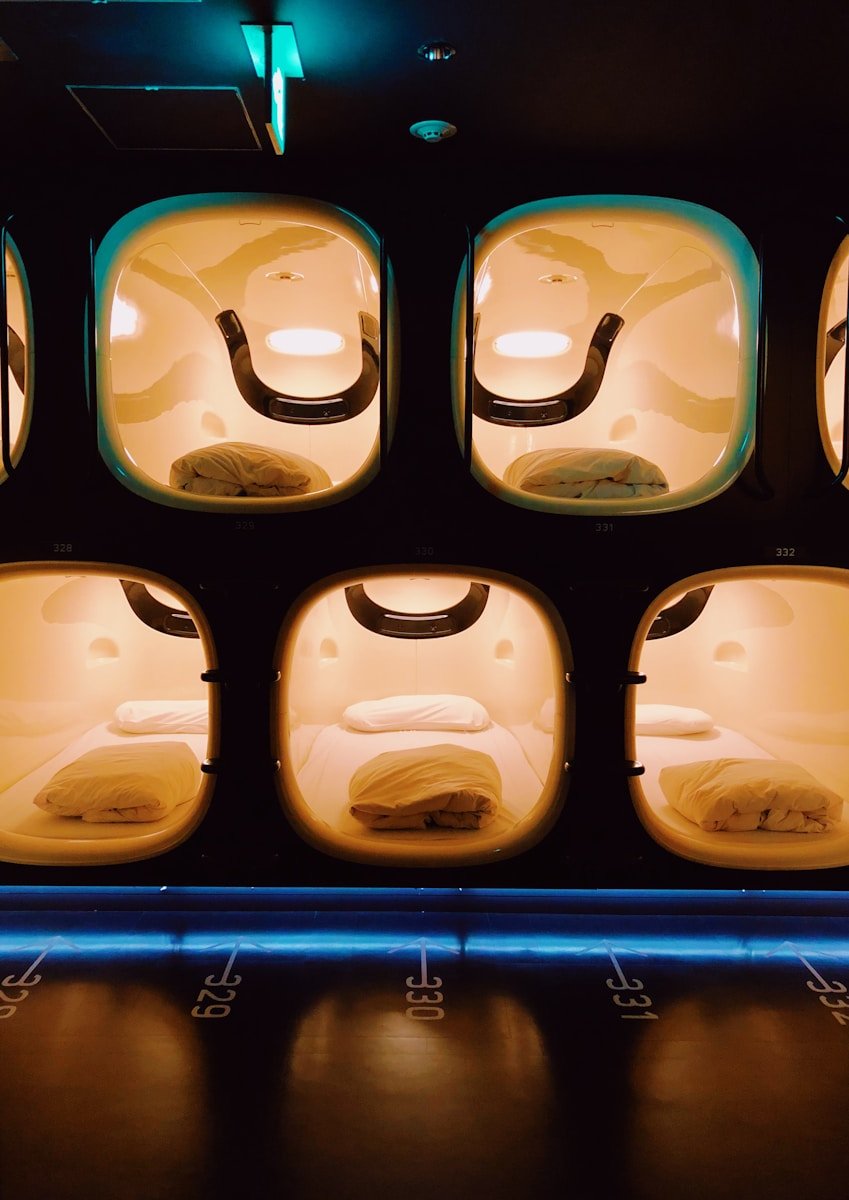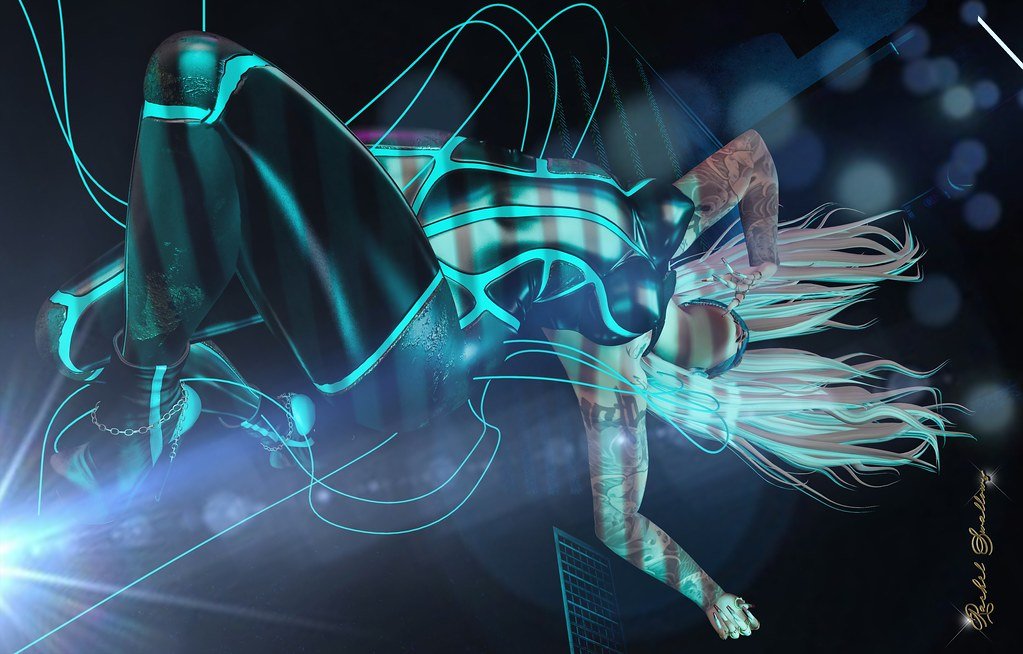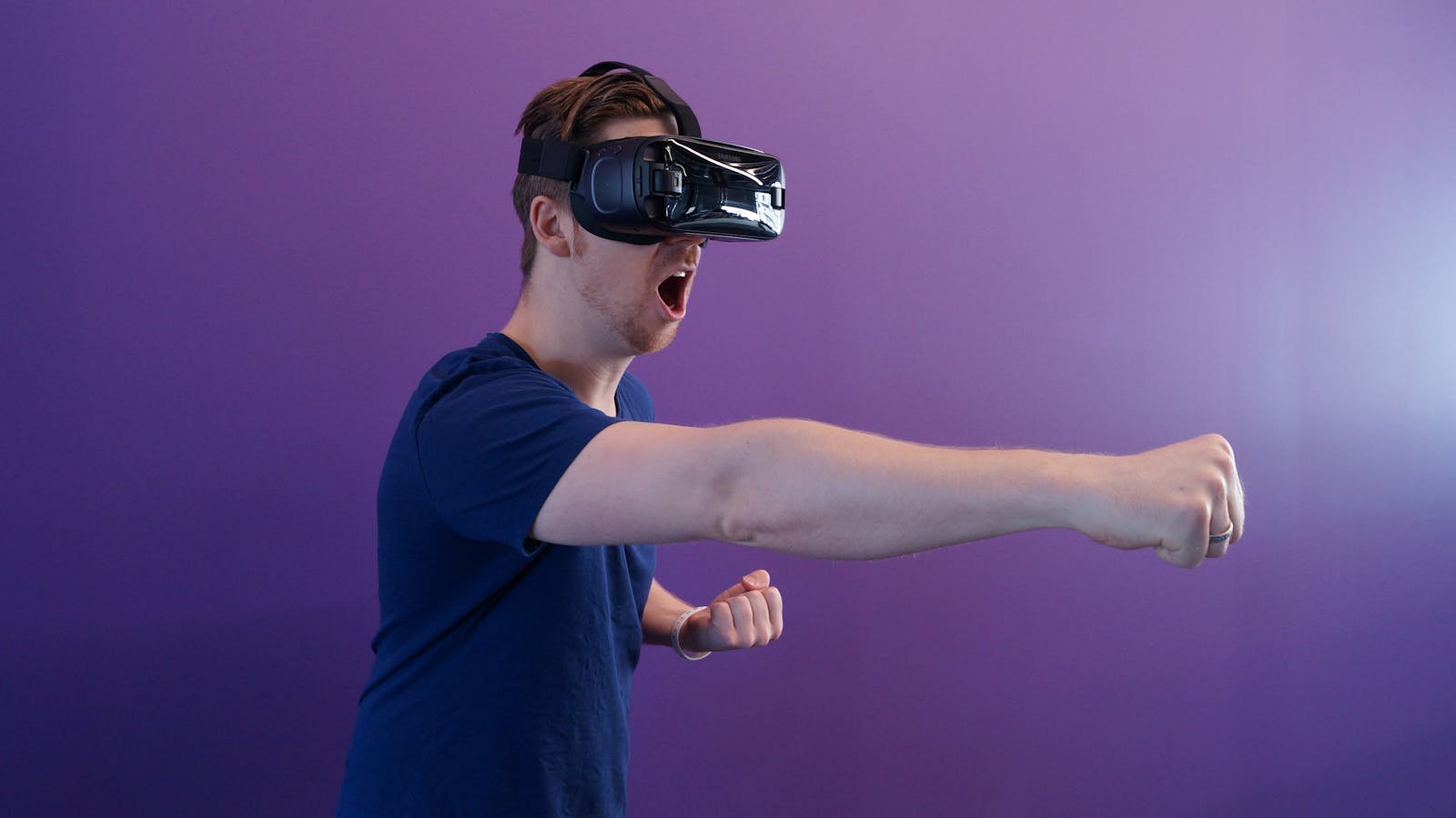Imagine a world where your thermostat seamlessly adjusts the room temperature based on your presence, or your refrigerator alerts you when you’re running low on milk. This isn’t magic; it’s the fascinating world of sensors and actuators. These simple yet powerful devices are integral to the Internet of Things (IoT) and countless other applications.

What are Sensors?
Sensors are the eyes and ears of the technological world, detecting and measuring physical or environmental changes. These changes can include temperature, pressure, light, motion, and sound. Here are some common examples:
- Temperature Sensors: Found in thermostats, air conditioners, smartphones, and smartwatches, these devices monitor and regulate temperature.
- Motion Sensors: Used in security systems, automatic doors, and fitness trackers, these sensors detect movement.
- Light Sensors: Adjusting lighting based on ambient light levels, these are used in street lamps and phone screens that automatically adjust brightness.
- Pressure Sensors: Measuring pressure in car tires, weather monitoring systems, and blood pressure monitors.
What are Actuators?
While sensors collect data, actuators perform actions based on that data. They are the muscles of the technological world, converting electrical signals into physical responses. Here are some examples:
- Solenoids: Controlling the flow of fluids or gases in sprinkler systems and car engines.
- Motors: Converting electrical energy into mechanical motion, powering fans, robots, and electric vehicles.
- LEDs: Light-emitting diodes that convert electricity into light, used in displays, traffic signals, and smart lighting systems.
- Speakers: Converting electrical signals into sound waves for music, alarms, and voice commands.
The Dynamic Duo: Sensors and Actuators Working Together
The real magic happens when sensors and actuators collaborate. For instance, a smart thermostat with a temperature sensor detects a drop in room temperature. This information is sent to an actuator (often a motor) that adjusts the thermostat valve, controlling your heating system to maintain a comfortable temperature.
Real-World Examples of Sensors and Actuators Together
- Self-Driving Cars: Sensors detect obstacles and road conditions, while actuators control steering, braking, and acceleration.
- Smart Homes: Temperature sensors trigger thermostats, motion sensors activate lights, and smart speakers respond to voice commands.
- Industrial Automation: Sensors monitor equipment performance, and actuators control valves, robots, and assembly lines.
- Wearable Technology: Heart rate sensors track fitness metrics, while vibration motors provide notifications on smartwatches.
Sensors and actuators are the building blocks of numerous technologies, working quietly behind the scenes to automate tasks, improve efficiency, and enhance our lives. As technology evolves, these devices will play an even more significant role in shaping our future.







